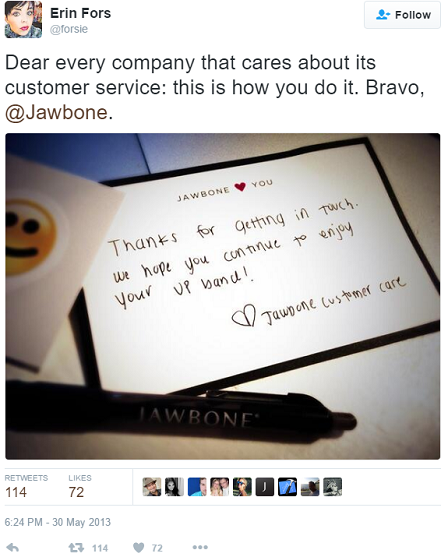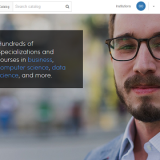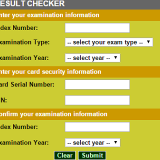In simple terms:
Inbound marketing is about promoting your business or organisation to potential customers or users instead of going out and trying to get their attention through methods such as cold calling (outbound marketing).
Inbound marketing involves channels such as blogs, podcasts, video, eBooks, newsletters, SEO, social media marketing, whitepapers, physical labels and other forms of content marketing.
Why is inbound marketing important?
Inbound marketers “earn their way” as opposed to outbound marketers who have to “buy, beg, or bug their way in.”
Thus, inbound marketing is a very effective form of marketing because it saves cost and time by cutting out the fluff that’s common with outbound marketing.
Stages of Inbound Marketing
1. Attract
You can attract 1 million people to your company’s site in one day, but what if 999,999 of these visitors aren’t interested in the service you have to offer?
That’d suck!
So we can agree that we need targeted traffic (AKA the right traffic). These people are likely to become happy customers.
How do you attract the right visitors to your website through inbound marketing?
Before we cover that we have to talk about buyer personas.
Buyer persona:
This tells you everything you need to know about your customers.
These include their:
- Goals
- Challenges
- Common objections
- Age
- Demographic
And other related information.
Businesses are built around buyer personas.
Tools to attract the right people to your site
Blogging
It is often said inbound marketing starts with blogging. In order to attract the right visitors, you have to create content that speaks to them or answers their questions.
SEO
Search Engine Optimisation (SEO) has to do with promoting your content to be found easily by potential customers or users in search results.
You can blog as much as you want but without SEO, your content may never be found.
Pages
Your pages are like your storefront, so it’s good to make them awesome.
For example:
On Epic Digits, I have an about page which pretty much says a lot about the inbound marketing services I offer.
Social publishing
There are over 3 billion internet users and over 2 billion of them have active social media profiles. So social media shouldn’t be a neglected area in your marketing strategy otherwise you’d be missing out on a lot.
2. Convert:
This has to do with converting your visitors to leads. It can involve collecting some information about them such as their email address and phone number.
To collect their contact information and get them more likely to spend their money on your service or product, it’s best to give them something beforehand. This could be offering them a free service or material (such as an information they’d find valuable).
Tools for converting visitors
Forms
Visitors need to fill out forms and submit their information in other to become leads. Your form should be optimised to convert.
Calls-to-Action
This could be in the form of a link, button, picture, that encourage your visitors to take action. Examples include:
- Click here
- Download now
- Signup now
Make sure you have enough call-to-actions in your content and make them enticing for your visitors.
A landing page should be the page that opens after a visitor clicks on a call-to-action. It is where the prospect submits their information.
Contacts database
This is a centralised location where you keep track of the leads you’re converting.
3. Close:
This is where you convert your leads to customers.
Tools for closing
What do you do when your visitor clicks on your call-to-action, fills the form on your landing page and maybe isn’t ready to become your customer? A series of useful emails that’s relevant to the customer can build trust and help your lead become more ready to be a customer.
Customer Relationship Management (CRM)
This allows businesses to manage and analyse customer interactions and data throughout the customer lifecycle, with the goal of improving the relationship with the customer and increasing sales growth.
Closed-Loop Reporting:
This allows marketers to make decisions on actions that drive the greatest ROI for the business. It means “closing the loop” between the data the marketing team is collecting and the data the sales team is collecting, generally seen in a CRM.
Marketing automation
This involves automating marketing actions (emails, social media, etc) with the use of a software.
4. Delight
This involves providing awesome content to your users, whether they be visitors, leads, or existing customers. The aim here is to turn your customers into happy promoters.
Tools to delight customers
Surveys
This is one of the best ways to figure out what users want.
Thank you note
Thank you notes haven’t lost their impact.
Technology has made handwritten a not lost art, hence writing your customers a handwritten note has a larger impact that it would have decades ago.
Take a look at this:
Note: Original tweet here.
Conclusion:
There’s a tremendous potential across all stages of the inbound process and it’s important to implement every stage carefully.





















